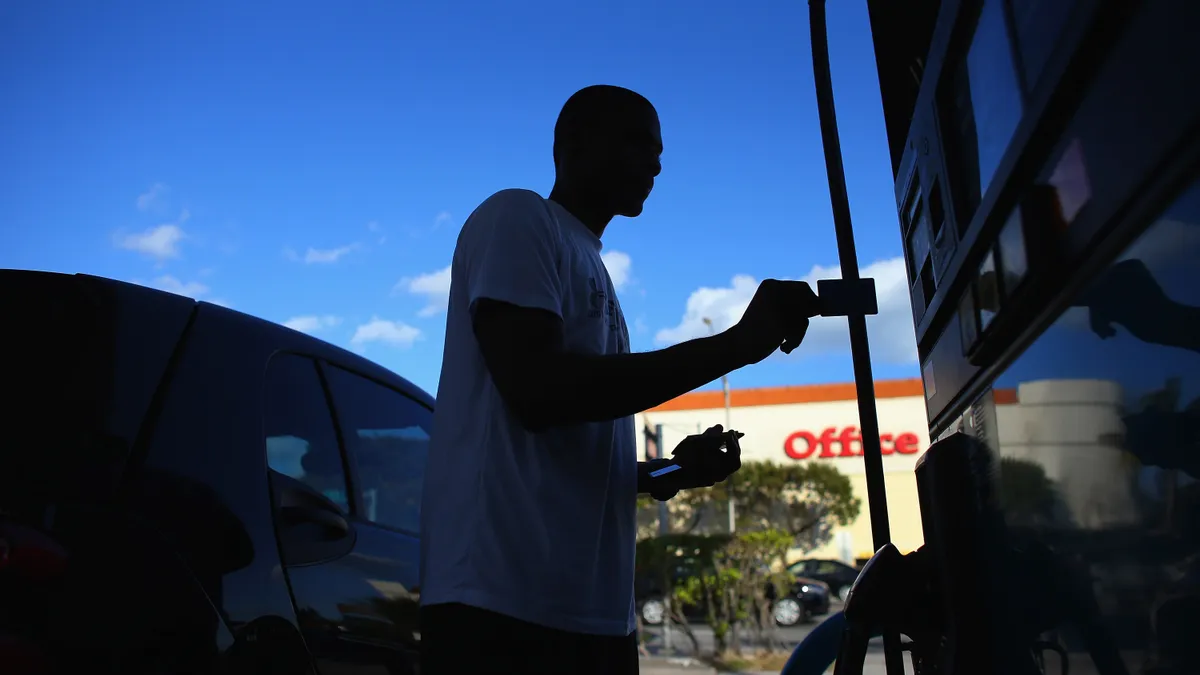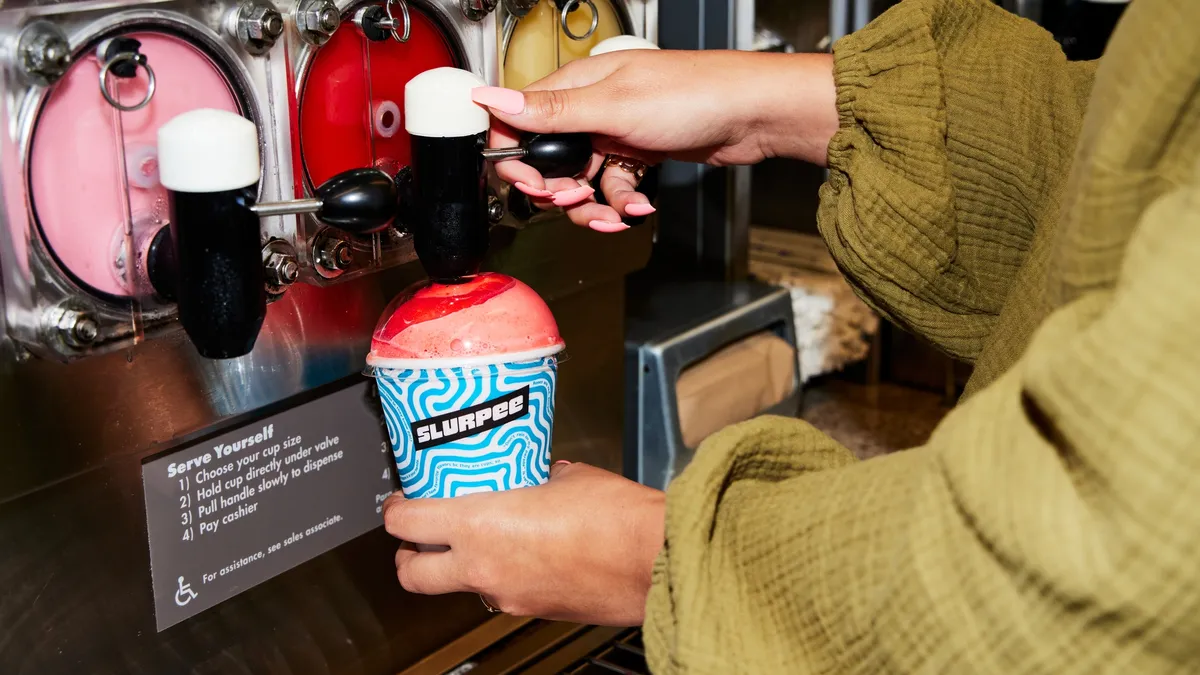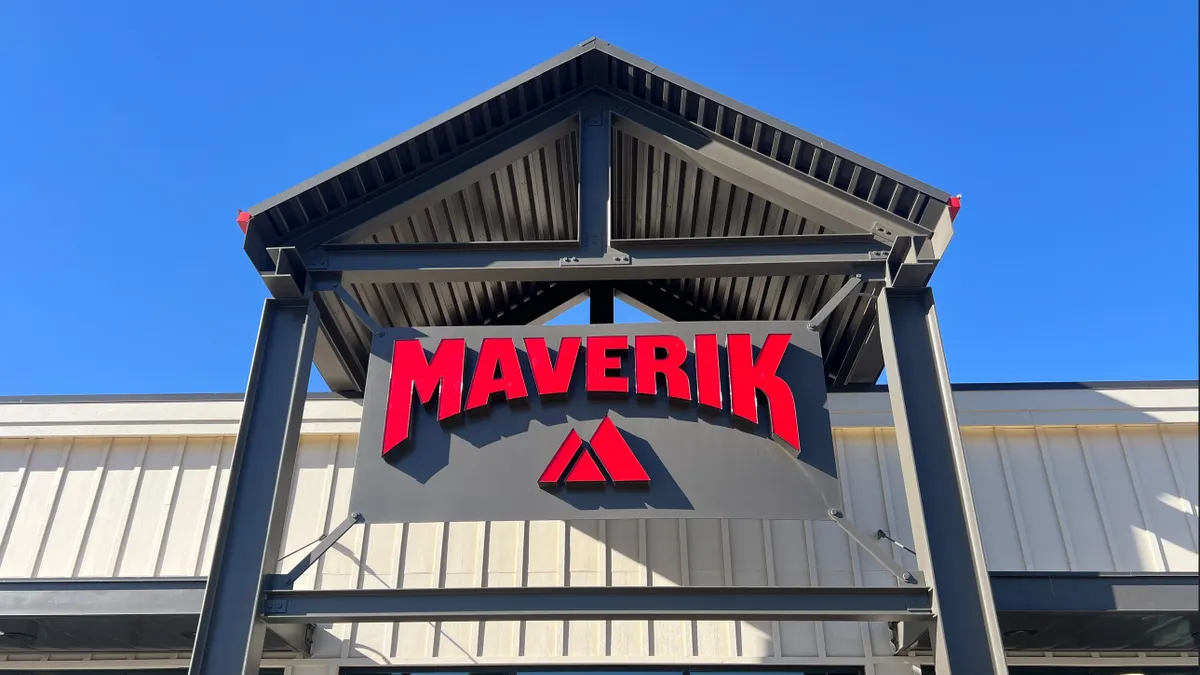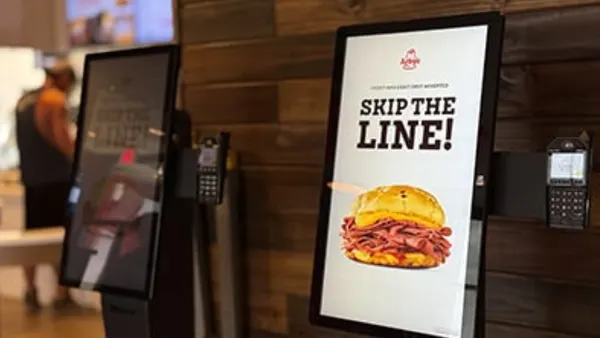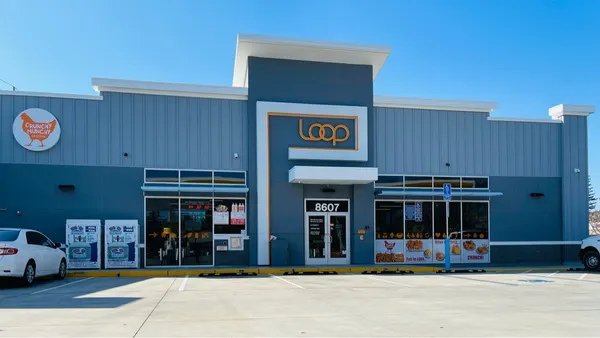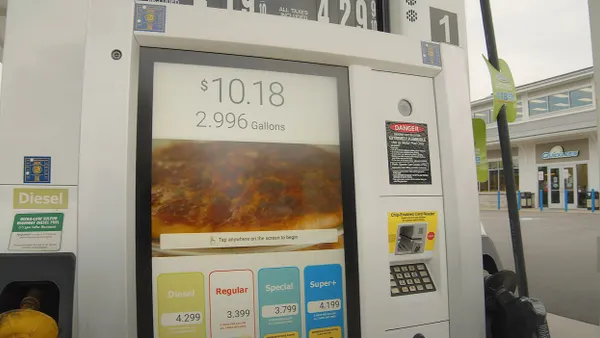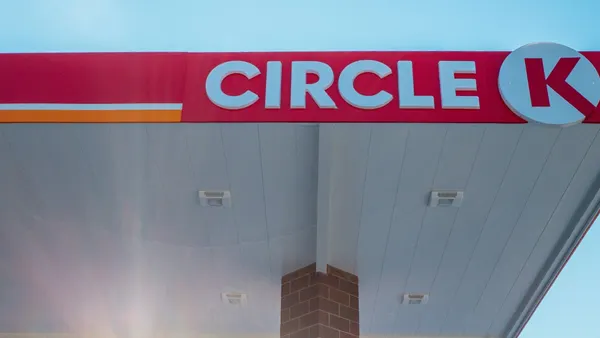Dive Brief:
- Only half of drivers surveyed who have signed up for loyalty programs actually use them on a regular basis when buying gas, according to a poll conducted by mobile payments company PayByCar.
- Results of the survey, which were shared in an emailed press release on Wednesday, also noted that only 54% of those surveyed have signed up for a loyalty program in the first place.
- Less than 5% reported using e-wallets like Apple Pay while 6% use a loyalty app from a fuel brand or c-stores. By contrast, more than half used credit cards and over 20% used debit cards.
Dive Insight:
Many companies like 7-Eleven, Wawa, Parker’s and more offer the ability for customers to pay for gas through their apps as retailers try to boost loyalty program participation. The survey results further suggest that simplifying the process of using these apps and making rewards more meaningful could help boost adoption.
When asked what they didn’t like about loyalty apps, respondents mainly pointed to difficulty using the programs, including locating them on their phones and slow loading speeds.
Respondents also reported dissatisfaction with the quality of rewards, with more than 20% of the 713 people who answered the question saying that either the rewards were too complicated or not worth the time it took to redeem them.
The quality of rewards also kept people from using loyalty apps in the first place. “Lack of perceived value” was the top answer among the 599 people who explained why they didn’t use a loyalty program, being selected by more than a third of respondents. A perception that earning rewards was too complicated also made the top six.
About 15% of app users also cited privacy concerns, noting that the app uses GPS tracking. Among those who don’t use apps, these were even more stark — worries about GPS tracking and sharing information and data made the top six concerns.
“The results point to a desire for easier user experience [and] hassle-free signups,” said Kevin Condon, CEO and founder of PayByCar. “Brands need to improve the customer experience if they want to see growth in their programs.”
The survey looked at over 1,300 drivers in the Northeastern U.S.


